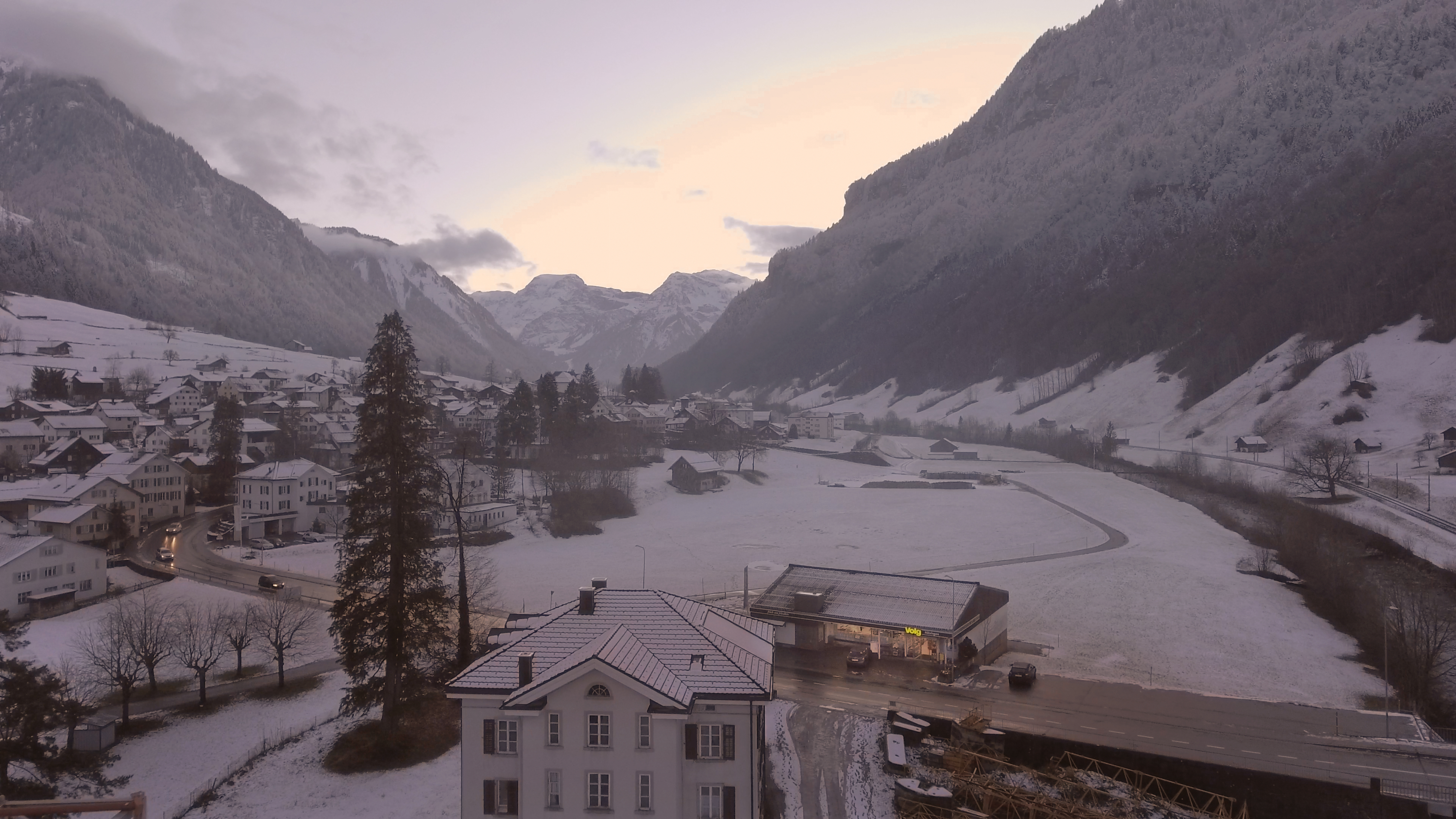
Rufi- Living Fallow Lands
Rufi- Living Fallow Lands
Focus Architecture & Material HS20
Module Leader Prof. Lando Rossmaier
Guests Gordian Blumenthal, Thomas Paturet, Flurin Bisig
Lecturers Prof. Lando Rossmaier
Experts Yves Dusseiller, Prof. Dr. Uwe Teutsch
Assistant Anthony Frank
We are assuming a paradox that is probably rather rare: authentic tourism. Although Switzerland was originally a place of longing, fully of myths and experiences of nature, it successfully began to develop its mountain landscape as a tourist destination and later, no less successfully, turned the mountains into sporting equipment and created new sources of longing, nevertheless the answers to the question of how visitors are to be housed range from the superficial to the unsatisfying.
Good examples are few and far between and often laden with clichés. How can one be close to a place, have a connection to it, if one only stays there for a few short, overly eventful days? How can one experience the landscape if hundreds or even thousands of others are doing so at the same time? There is nothing tourists hate more than other tourists. Another paradox.
We do not have the temerity to believe we will find valid answers during this semester. Nevertheless, we want to permit ourselves to ask what tourism or recreation could really be. What sort of qualities can a ‚fallow land‘, to borrow a term from the title of Studio Basel‘s urban planning studies of Glarus Süd, development? To that end, we want to start from the site and its possibilities.
In this master‘s focus, we understand materials not only as a local, sustainable and perhaps even circular product for construction but also very generally as a rational resistance. The existing materials themselves thus become a participant along with the architect. This view is the foundation of our way of working. It relieves us of the need for singular, Individual achievements – or, more precisely, It opens up for us a subtler perception and therefore more universal answers.
The task of putting buildings in a not very populated valley raises the very general question of how noticeable the intervention will be. How different are culture and (cultivated) nature, how do we design the relationship between unspoilt scenery and refinement by means of design? In the end, we are confronted with the difficult question of how identical and authentic a vacation village can be. Is it advisable to keep building on existing images?
Authenticity In the sense of an original, as a design objective, has probably increased in value over the last decade, because following a canon of rules based on the latest isms gave way to a personally coloured self-exploration whose means of making its essences or qualities plausible were coherence and perhaps even logic.
Designing an original, which in this context can never be original, has long been a paradoxical and yet powerful narrative that in the Alpine regions has been conveyed by postcards and travelogues. Think of the presentation of fortress-like colossi taller than some mountain peaks or of the romantic placement of some hotels in front of waterfalls or bodies of water in general.
We want to start understanding architecture as an expansion or reinforcement of the features of the landscape. To that end, we do not start with our ideas of houses or ground plans or questions of comfort or ideas about use. We begin with the image of the landscape. An artificial lake whose name still needs to be invented.
During the semester we will study buildings that engage in exemplary ways with the relationship of housing and landscape. In the process, we will get a sense of diverse types of design in the interplay with the landscape, no matter whether that landscape is natural or artificial.
Around the lake, between the road bridge and the canal and the existing village district of Hätzingen, potential use by tourist will be developed based on their ideas. It need not be based on my quick sketches. My planned expansion of the small-scale wooden buildings of Adlenbach and the solitary hotel building to the south are just the first, still superficial and perhaps unfinished ideas. We expect you to come up with your own idea and constellation of uses. Above all, however, an architectural answer that is worked out so that the immediate and more distant landscape are closely integrated.
Group works are not permitted, but we want to work and discuss together in the studio. We will work with Archicad Teamworks, 3-D printers, models, not with plans but with project handbooks. We will be in the studio on Wednesdays and Thursdays.